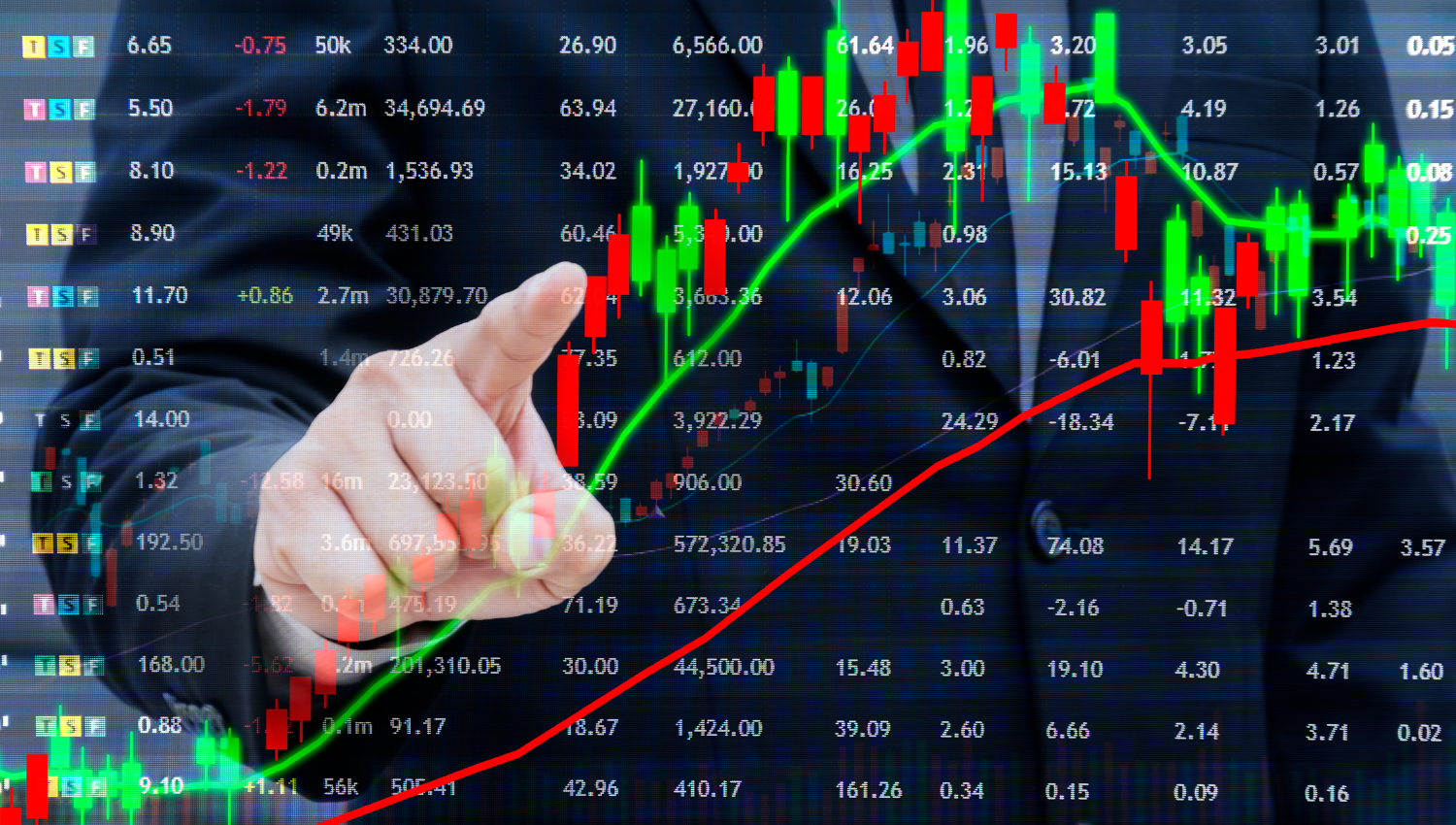Understanding Behavioral Biases in Forex Trading

In the dynamic and fast-paced realm of Forex trading, making informed decisions is pivotal for achieving success. However, it’s imperative to acknowledge that participants in the Forex market are susceptible to the sway of behavioral biases. These biases, rooted in human psychology, wield substantial influence over trading outcomes and market dynamics. Recognizing and addressing these biases is of utmost importance for both behavioral scientists and Forex traders. By identifying and comprehending biases such as overconfidence, confirmation bias, herding behavior, loss aversion, anchoring bias, and availability bias, traders can gain valuable insights into the underlying cognitive and emotional factors that mold their decision-making processes. Armed with this awareness, traders can adopt more effective strategies, refine risk management approaches, and ultimately enhance their performance in the Forex market.
Overview of Behavioral Biases in Forex Trading
Cognitive Biases in Forex Trading
Cognitive biases are pervasive in Forex market participants, exerting a profound influence on decision-making. These biases include overconfidence bias, confirmation bias, herding behavior, anchoring bias, availability bias, and more. Each of these biases can significantly affect traders’ judgment and actions.
Overconfidence Bias in Forex Trading
One prevalent bias observed among traders is overconfidence bias, characterized by an inclination to overestimate their abilities and knowledge in Forex trading. This bias arises from the natural tendency to be overly optimistic, leading traders to believe they can consistently outperform the market.
Impact on Trading Frequency, Risk-Taking, and Performance
Overconfidence bias has substantial repercussions on trading frequency, risk-taking behavior, and overall performance. Traders influenced by overconfidence tend to engage in more frequent trading, believing they possess superior market insights. However, this heightened trading frequency can lead to increased transaction costs and diminished performance. Moreover, overconfidence bias influences risk-taking behavior, as traders may take larger positions or leverage excessively, underestimating inherent risks. Over time, this bias can result in significant losses and underperformance compared to more realistic traders.
Confirmation Bias and its Effects on Forex Market Analysis
Confirmation bias is another cognitive bias found in Forex market participants, marked by the propensity to seek information that aligns with existing beliefs while disregarding contradictory evidence. Traders exhibiting confirmation bias actively seek out data and market analysis that reinforces their preconceived notions.
Influence on Market Analysis, Interpretation of Signals, and Trading Strategies
Confirmation bias significantly shapes market analysis in Forex trading. Traders affected by this bias often selectively interpret information and signals that support their initial beliefs, potentially leading to a skewed understanding of market conditions. This bias can reinforce existing beliefs, resulting in a self-reinforcing cycle where traders become more convinced of their predictions, even when they are objectively inaccurate. Additionally, confirmation bias can impact trading strategies, as traders may be more inclined to identify patterns and signals that align with their preconceived notions, leading to biased trade entries and exits. This can result in missed opportunities or unwarranted risk-taking, as traders may overlook contradictory evidence or fail to consider alternative perspectives.
Herding Behavior and Its Impact on Forex Market Trends
Herding behavior, prevalent among traders, refers to the psychological inclination to mimic the actions of others, especially in uncertain or ambiguous situations. In the Forex market, herding behavior manifests when traders imitate the trading decisions and actions of others instead of making independent judgments based on their own analysis.
Influence on Price Momentum, Trend Formation, and Market Volatility
Herd behavior significantly affects price momentum, trend formation, and market volatility in the Forex market. When a large number of traders engage in herding behavior by following a particular trend or position, it intensifies the momentum and duration of that trend. This can result in extended trends and price movements as the collective actions of traders amplify the initial market sentiment. However, herding behavior can also contribute to increased market volatility. When a majority of market participants move in the same direction, it creates an imbalance in supply and demand, leading to exaggerated price fluctuations, heightened volatility, and sudden reversals when sentiment shifts or new information emerges.
Overcoming Behavioral Biases in Forex Trading
Mitigating the impact of behavioral biases in Forex trading necessitates a multifaceted approach. Traders can employ various strategies to overcome biases, such as cognitive reframing, diversification, and systematic decision-making. By consciously challenging their beliefs, traders can broaden their perspectives and reduce the influence of biases. Diversifying trading strategies and portfolios can help counteract specific biases. Additionally, incorporating systematic decision-making processes, such as rule-based trading systems, can reduce the influence of impulsive biases.
Enhancing Decision-Making through Awareness and Education
Improving decision-making in Forex trading involves raising awareness of behavioral biases and their potential impact. Traders can engage in continuous learning, staying updated on behavioral finance research and market psychology. Education on decision-making heuristics and biases empowers traders to identify and correct their own biases. Psychological techniques, like mindfulness and emotional regulation, can also aid in enhancing decision-making by promoting self-awareness and emotional control.
Conclusion
The influence of behavioral biases in Forex market decision-making is substantial. Biases such as overconfidence, confirmation bias, herding behavior, loss aversion, anchoring bias, and availability bias all impact traders’ judgments, risk perception, and trading behavior. These biases can lead to suboptimal trading decisions, distorted market analysis, and increased market volatility.
Implications and Future Directions
Understanding and mitigating behavioral biases are critical for both market participants and regulators. Traders should strive to cultivate self-awareness, adopt systematic decision-making approaches, and continuously educate themselves on biases and market psychology. Regulators can play a role in promoting investor education and implementing safeguards against biases in trading practices. Future research should focus on developing robust strategies to mitigate biases, exploring the impact of biases in different market conditions, and examining the effectiveness of interventions to counteract their influence.

